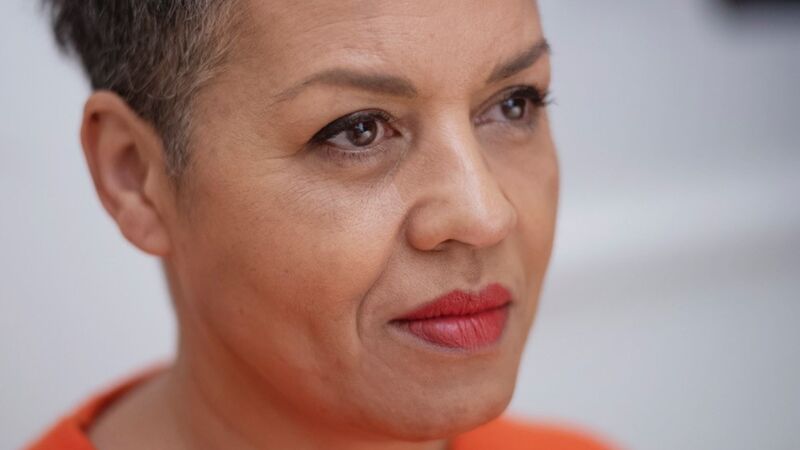You are viewing your 1 free article this month. Login to read more articles.
Revenue dips 1.2% at McGraw Hill
Learning science company McGraw Hill saw a revenue drop of 1.2% in 2017, with a total of $1,719.1m (£1,213.8m), compared to $1,740m the previous year, according to its annual report. Operating profit stood at $93,370m (£65,879m), down 11.9% from $106,083m (£74,878m).
The company's largest segment, higher education, which makes up over 40% of McGraw Hill’s revenue, is now 62% made up of digital solutions. Revenue in this segment dropped 2.8% to $713.6m (£503.85), as a result of lower print revenues and lower returns driven by the ongoing shift to digital.
Its K12 segment (35% of the business, and 28% made up of digital solutions) was down 1.9% to $612.2m (£421.3m), with “a difficult prior year new adoption comparison” one of the factors for the drop.
Lower print revenues also caused a dip in McGraw Hill's International segment, which makes up 10% of the business, where revenues were down 1.9% to $281.5m (£198.8m).
The smaller Professional segment, which makes up just 7% of the business, but is over 50% digital, saw a 3.3% increase to $120.5m (£85.08m) driven by an increase in digital subscription revenue and also in print and e-book revenue “driven by the strategic decision to focus on medical and technical publications".
The company described 2017 as “a successful year of market share gains, digital performance and operating cash flow generation” saying it had “continued to successfully navigate the ongoing transition from print to digital in Higher Education and achieved stability in Higher Education net sales after three consecutive years of decline. McGraw Hill said it had also expanded its Higher Education affordability solutions through rental and inclusive access.
C.e.o. David Levin left the company last October, with former c.e.o. Lloyd “Buzz” Waterhouse taking over the role for an interim period until a permanent successor is appointed.














